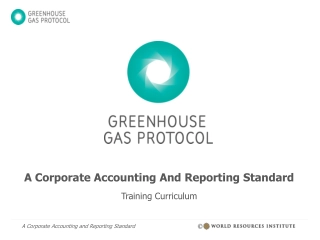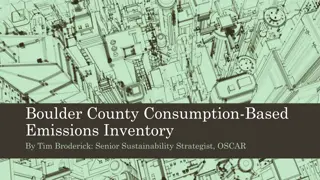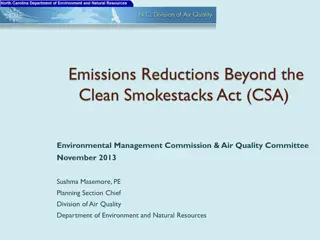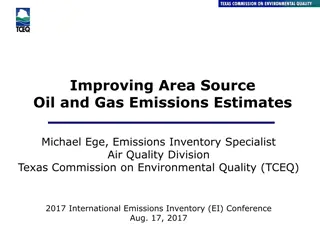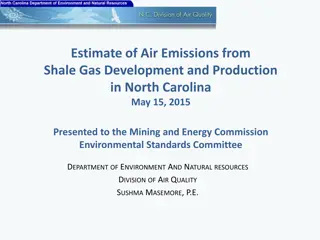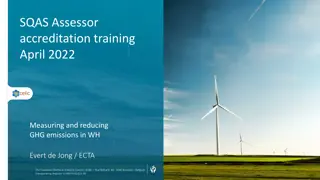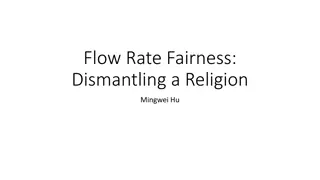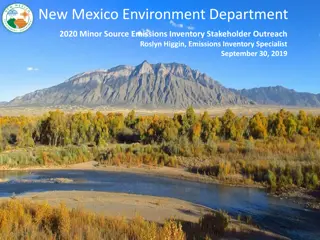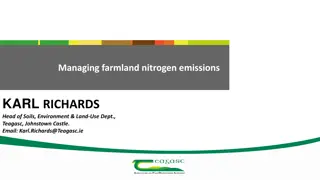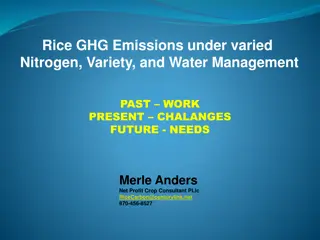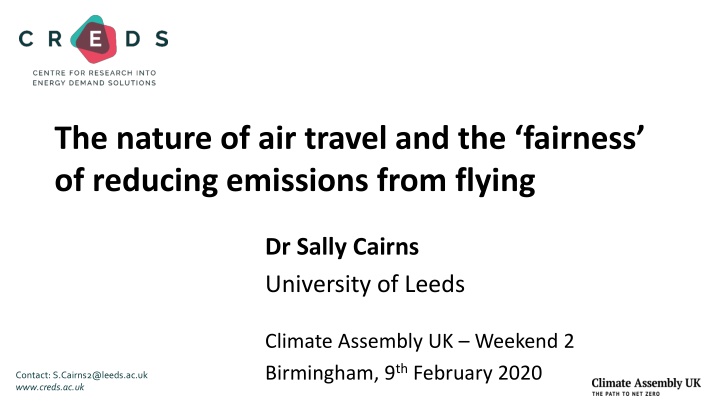
Air Travel Emissions and Trends in the UK
Explore the nature of air travel, emissions reductions, and passenger trends in the UK, including data on passenger numbers, traveler demographics, emission comparisons with other transport modes, and variations in air travel among households.
Download Presentation

Please find below an Image/Link to download the presentation.
The content on the website is provided AS IS for your information and personal use only. It may not be sold, licensed, or shared on other websites without obtaining consent from the author. If you encounter any issues during the download, it is possible that the publisher has removed the file from their server.
You are allowed to download the files provided on this website for personal or commercial use, subject to the condition that they are used lawfully. All files are the property of their respective owners.
The content on the website is provided AS IS for your information and personal use only. It may not be sold, licensed, or shared on other websites without obtaining consent from the author.
E N D
Presentation Transcript
The nature of air travel and the fairness of reducing emissions from flying Dr Sally Cairns University of Leeds Climate Assembly UK Weekend 2 Birmingham, 9thFebruary 2020 Contact: S.Cairns2@leeds.ac.uk www.creds.ac.uk
Number of passengers travelling through UK airports each year 1990:about 100 million 2018: about 300 million 2050:forecast for about 450 million (range from <400 to >500 million)
Who travels to/from UK airports? Passengers changing planes 9% 13% Domestic (i.e. flights within UK) 12% International leisure (UK residents) 19% International leisure (overseas visitors) 47% International business
Air trips by UK residents what is changing over time? Over the last ten years (2007 to 2017): Reductions in domestic trips and business trips Increases in international leisure trips (holidays and visiting friends and relatives) Different trends for different age groups - increased trip rates for those aged 16-44 and 65+ (particularly 16-24-year- olds), but reductions for those aged 0-15 and 45-64.
Where do UK residents fly? 23% 25% Spain (including Spanish islands) Other Europe Rest of the world 52% but long-haul trips account for over half of passenger kilometres.
Emissions from flights compared to other transport In 2017, emissions from road and rail travel in the UK were equivalent to 1.8 tonnes of carbon dioxide (tCO2e) per person Estimates of emissions from a single return flight: London to Malaga ( 3,400km): 0.3 0.7 tCO2e London to New York ( 11,100km): 0.7 - 2.7 tCO2e London to Sydney ( 34,000km): 1.7 - 10.5 tCO2e
Some people fly much more than others British population 15% of people take 70% of flights In any given year 50% of people do fly 50% of people don t fly
Variation in air travel with household income 100% 80% 60% 40% 20% 0% 20% lowest income 20% low-mid income 20% middle income 20% mid-high income 20% highest income Overseas flights taken per year Zero One Two Three or more
Variation in air travel across the UK Where air trips start/finish in the UK: London and the South East: 49% Rest of England: 34% Wales: 3% Scotland: 9% Northern Ireland: 6%
UK air travel compared to other countries In terms of international air trips in 2018, the largest number was by British people: 1. UK: 126.2 million (8.6% of all international trips) 2. USA: 111.5 million (7.6%) 3. China: 97 million (6.6%)
Effects of limiting airport expansion (a) No capacity constraints 494 million passengers in 2050 (b) Existing airport limits 410 million passengers in 2050 2 8 Trips not taken in (b) Passengers changing planes UK residents making leisure trips 26 48 Overseas residents making leisure trips Business travellers
Main implications - Less growth in jobs/income for airlines and airports - Harder to operate less popular routes + Greater growth in jobs/income for UK tourism + Fewer people impacted by airport noise and air pollution

